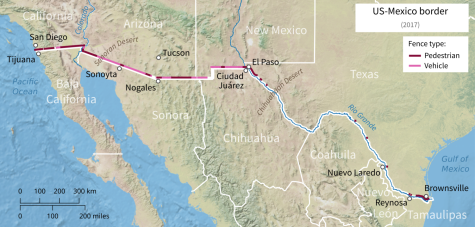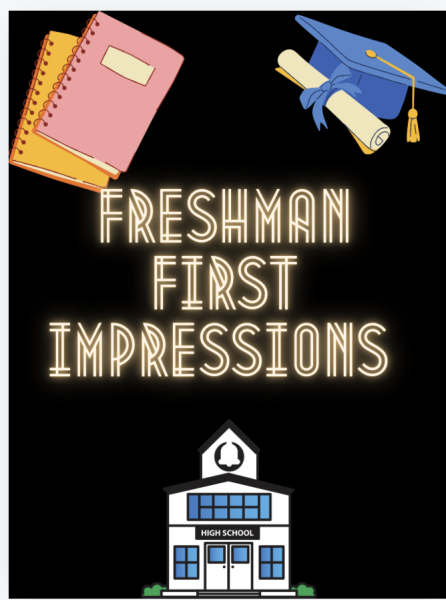New York plays with “free tuition” for state students
eresa Musto, a K-8 teacher in New York, says the first response of her students when she discusses college with them is often: “It’s too expensive.” When bringing up the college topic in class, students are often worried about Federal Student Aid because they believe that they will not be able to afford tuition payments. New York hopes to be the first state to alleviate these economic concerns with its institution of the Excelsior Scholarship, a scholarship designed to help middle and lower class families send their children to college without the normally exorbitant tuition prices.
If a student was attending a state or community college in New York when the scholarship was instituted in the Fall semester of 2017, they would not have to pay tuition if their family earned less than $100,000. For the fall semester of 2018, this number will jump to $110,000. While this plan surely benefits the students, it may hurt the general public as a whole. Although New York State has increased its education budget to $25.8 billion for 2018 (the largest in history), this high total can be attributed to increased taxes for people in the state. One question should be brought to the forefront when talking about this program: is it feasible for other states to implement as well?
Of course, many students believe free tuition would take a major burden off their students, but it can also have issues. According to Mrs. Walker, a personal finance and psychology teacher at Eastern, when something is free, it is not respected. “College tuition is an issue and it should be discounted,” she said, “but it should not be made completely free.”
If college was made completely free, students may be disincentivized and may not care about their post-secondary education as much.
Also, free tuition can cause problems for banks in the country that regularly give out college loans. “They would make less money from students,” Walker says. This drop in profit from students could cause significant harms for banks if their largest source of income is students.
Another problem with establishing free tuition for all colleges in the United States is feasibility. Senior Robert Sundstrom believes it is smarter to wait and see how the “experiment” of free tuition goes in New York before investing resources nationwide.
Free tuition is a new program in New York, and while the system is seeing some early success, it would be wise to wait and see how it plays out.
As for the question of if it is worth it to go to a public college in New York, Sundstrom says, “If you are in an economic situation where you cannot pay for school, it is worth it to go to New York to save money on school.”
“I had a plan,” Chris White said, an Eastern alumnus who now studies at Rutgers. “I would accept my scholarship and go to Rutgers, go to medical school afterwards, and then join the army to pay that all back.”
During his senior year of high school, he wasn’t made aware of the program.
“If I had only knew about this, I would’ve moved to New York and live with my aunt or grandparents, go to NYU and study in business.”
The “free” college tuition in New York, however, only applies to in-state schools.
Senior Dolph Dauphin said this initiates something new, regarding the Excelsior scholarship. “New York might be the role model that other states will follow,” he said. “This may ease its way into something that will be very common in the future.”
“My mom is still paying her student loan,” said Dauphin. Dolph believes that this may alleviate some tensions with families. “They don’t need to worry about a financial obligation pretty much.
The program can relieve families who are already in some sort of school debt and really want their child to have a better chance without fear of affecting them.”
Saif Reham, Class of 2018, thinks that New York is offering a “wider horizon” for students. “It will open doors for people who look for more vast opportunities. New York is a big place.”
Saif plans to go to a community college. With that, he doesn’t plan to pay a lot of money to go to expensive schools. As much as this is a relief for people, Saif thinks that too many people will do the same thing. The good times may not be a long one. He believes that this scholarship does have an expiration date. “It will go on until way too many people begin to start using this process.”
While money may be taken from taxpayers to pay for the Excelsior Scholarship, the business of post-secondary education will improve in the process. With free tuition in place, students will be more likely to attend college. “More students means more jobs at colleges. Students will leave their homes earlier and get jobs earlier, thus helping the economy,” Musto said. It will also be easier for someone with a newly acquired teaching degree to get a job because of the need for more teachers that will be created by free tuition.
While most people believe that free post-secondary education would help students across the country and make college accessible for all, Mrs. Pomerantz, an English teacher, takes a different approach to the topic. “It (free tuition) will widen the divide in social disparity because wealthier families will go to prestigious universities, but the value of colleges with free tuition will go down,” Pomerantz said. “Students seeking free tuition will be less motivated in the long run.”
Currently the Excelsior Scholarship is in its first whole year. Despite its early success, it is skeptical to trust the idea of free tuition across the country with such a small sample size. Further down the road, more states might have free tuition. Though for now, it is wise to wait and see how New York’s Excelsior scholarship plays out.









